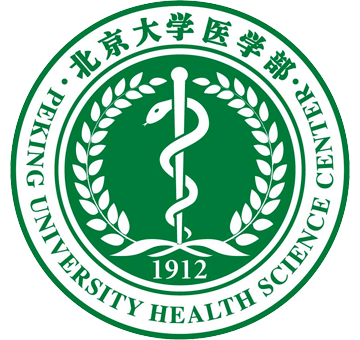
Xiaofeng Yin, MD, PhD
JI Program: Exploratory
Active/Ongoing
The goal is to develop and validate an ultrasound-based, non-invasive, portable, quantitative device that measures two critical physiological parameters in patients with critical limb ischemia (CLI): 1) volume of blood delivered to the diseased extremity through its feeding arteries; 2) adequacy of limb oxygen delivery through the difference in the oxygen content of primary feeding artery and its paired vein. Limb perfusion is of paramount importance in the patient with CLI. However, current recommended tests, such as segmental limb pressures and transcutaneous oxygen tension, are imperfect surrogates. This proposal will be the first to use a combined volume blood flow and oxygen extraction estimation system to quantitatively evaluate limb tissue metabolism in patients with CLI. The preliminary data can be used to pursue funding for large-scale trials of this methodology to assess disease level and objectively assist orthopedic and vascular surgeons in optimizing their limb salvage strategies, leading to a profound clinical impact on CLI-related vascular interventions, morbidity and mortality. In the future, this device may become a cost-effective screening tool for peripheral vascular disease and provide accurate vascular assessment prior to, during and after endovascular or surgical procedures.



